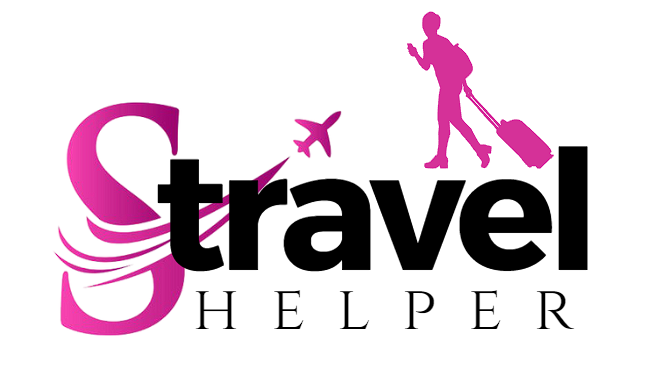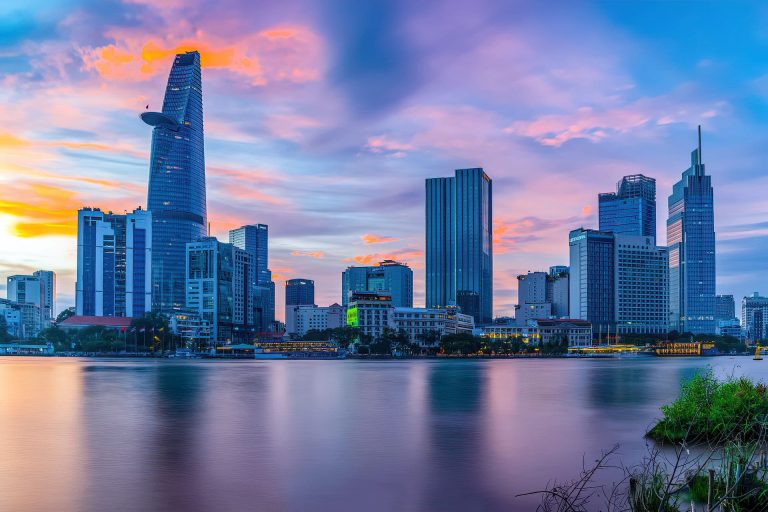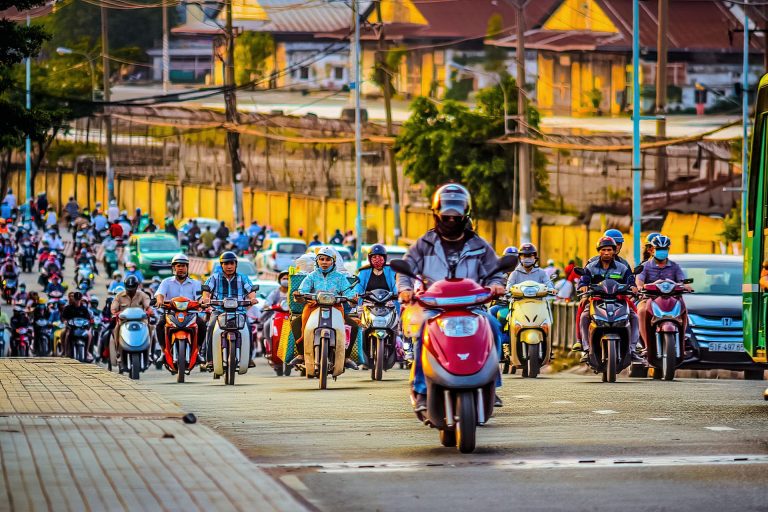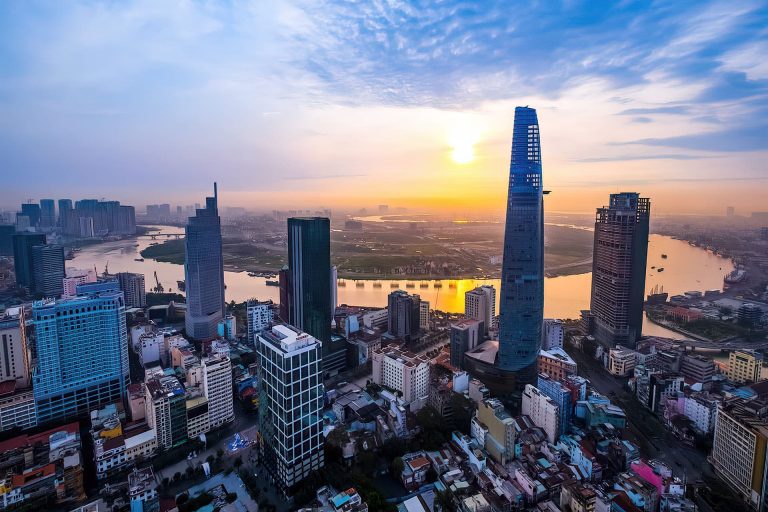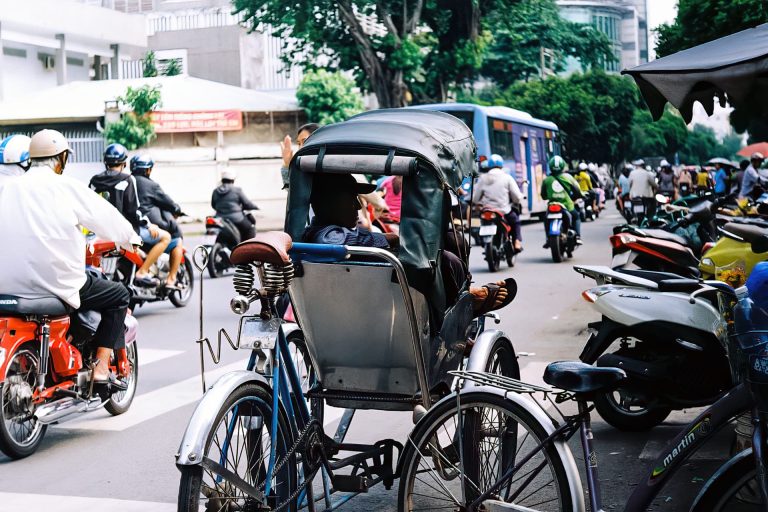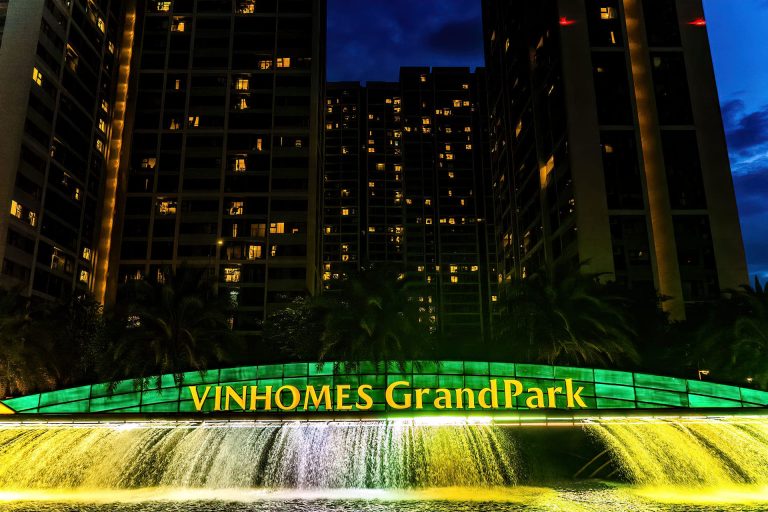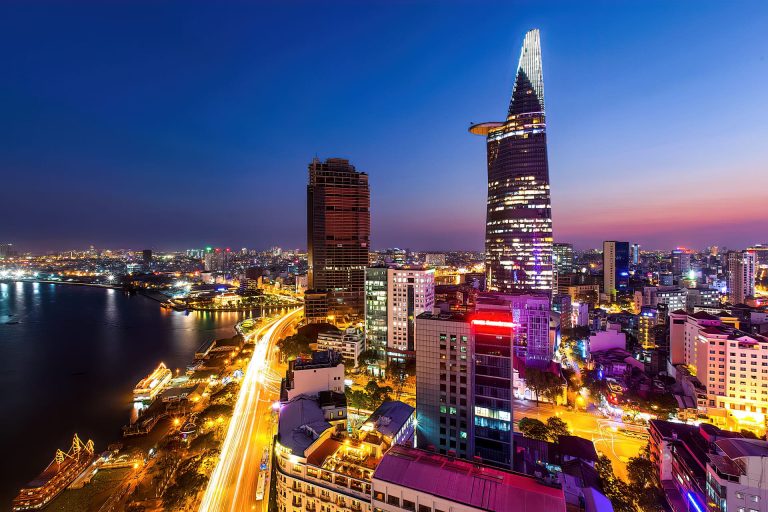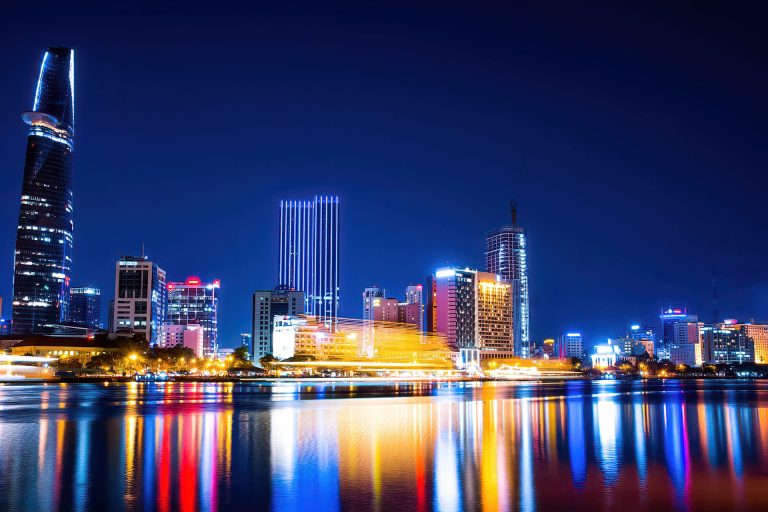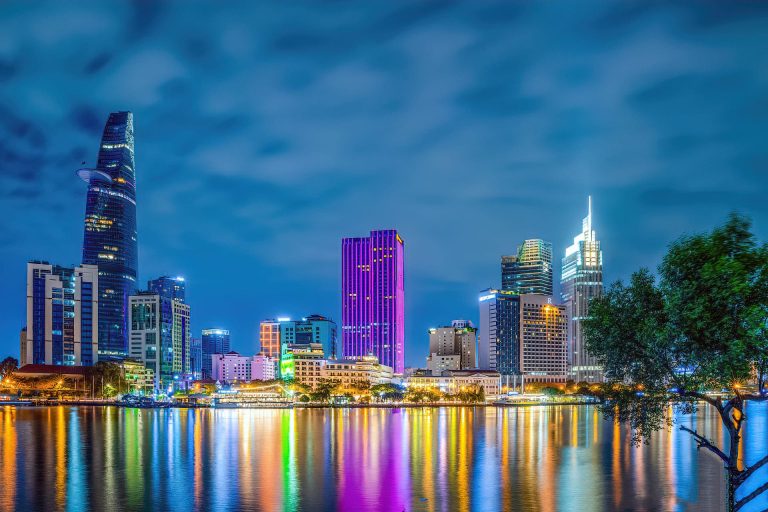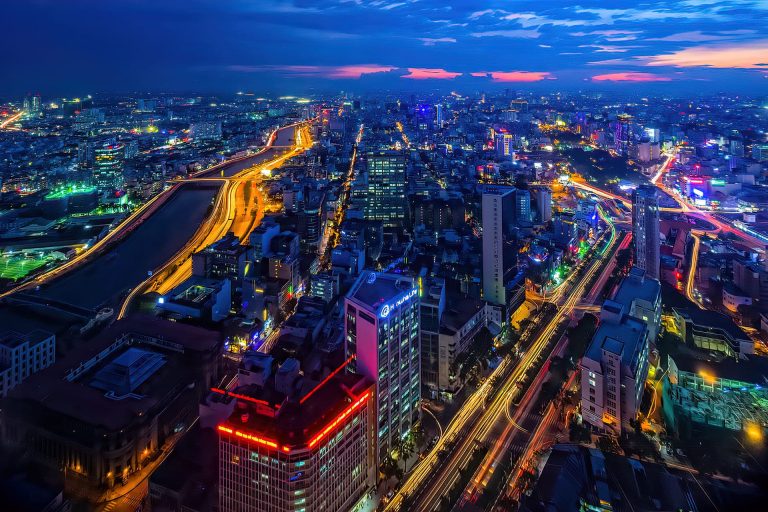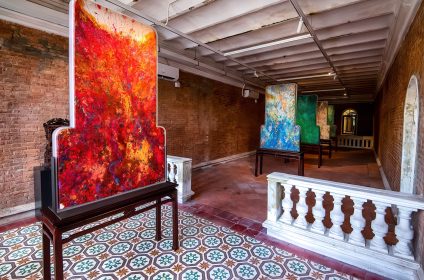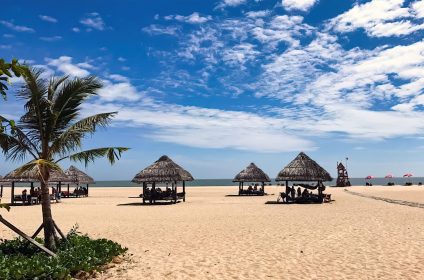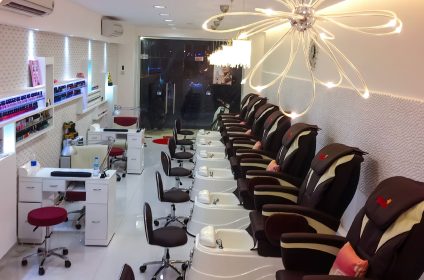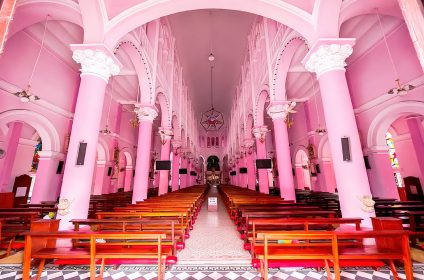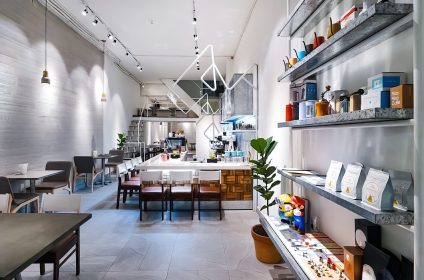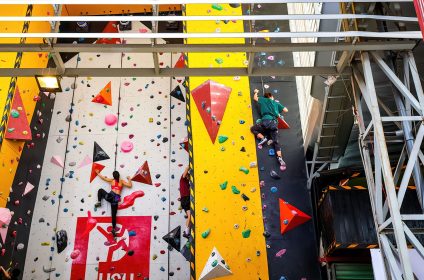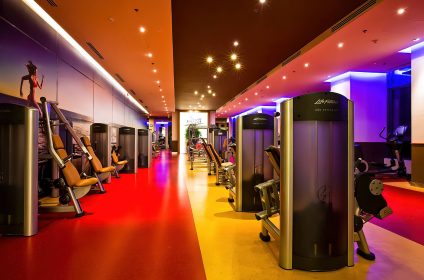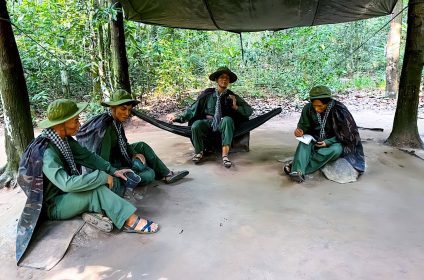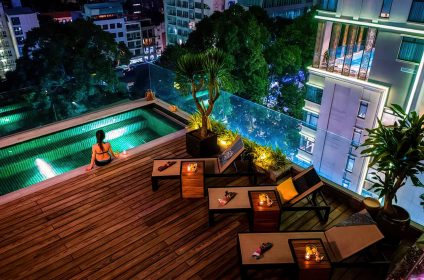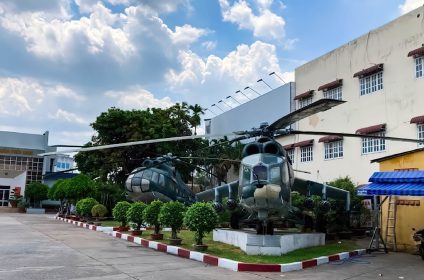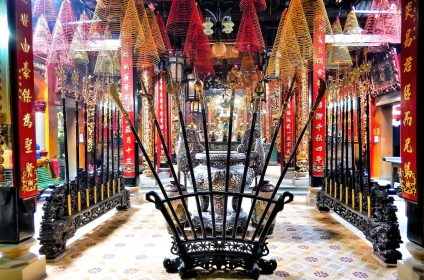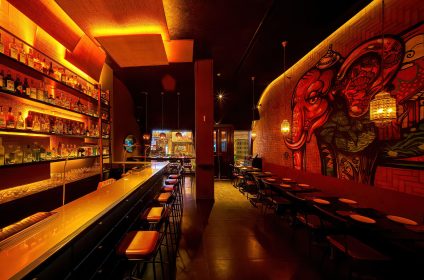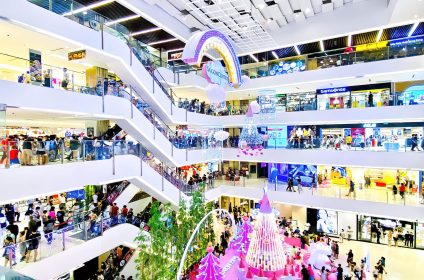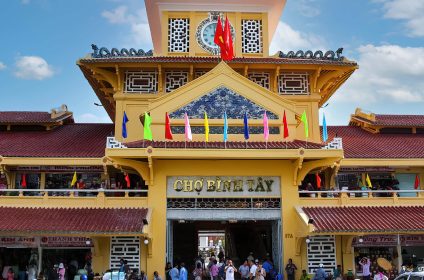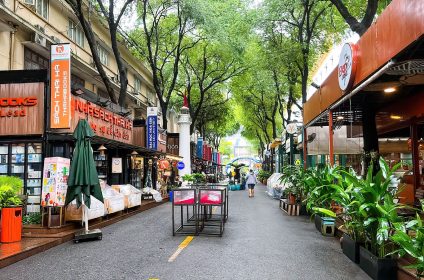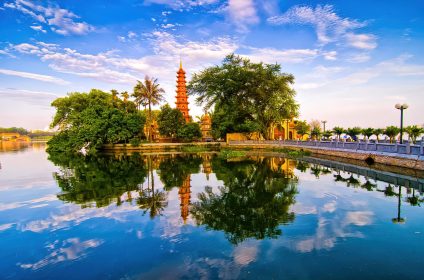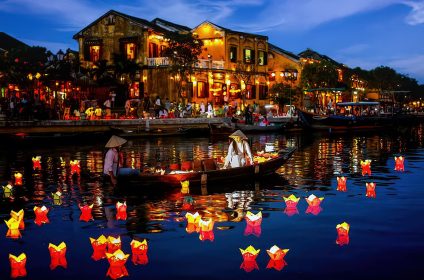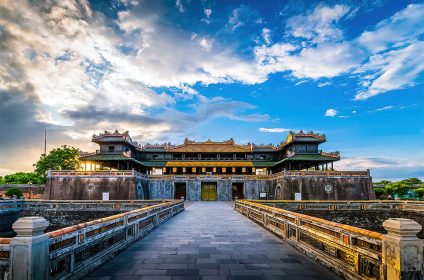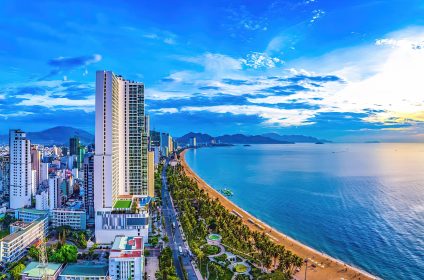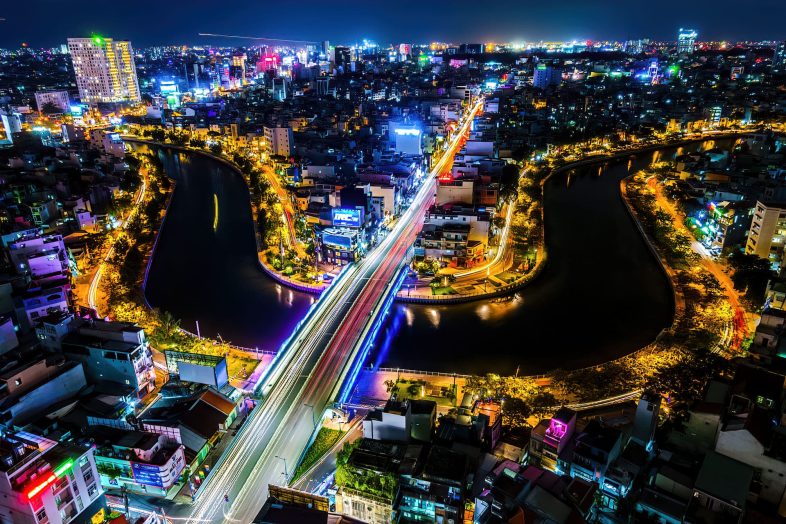
How To Travel To Ho Chi Minh City
Get In - By Plane
Tan Son Nhat (Tân Sơn Nhất) is the largest international airport in Vietnam. There are two terminals: the gleaming and attractive international terminal, which began handling all international flights in 2007, and the aging but serviceable domestic terminal 200 meters distant. The airport is conveniently placed approximately 8 kilometers from the city center. The international terminal used to offer duty-free shopping upon arrival; however, this service was discontinued in early 2010; therefore, you must purchase such things at the airport from which you are departing Vietnam. After passing through immigration on an outbound flight, both terminals provide limited food selections at expensive costs.
Immigration and currency
Airport immigration procedures are fairly simplified. Most passengers are no longer required to complete any immigration or customs declaration cards. (The latter may be required if you want to stay in Vietnam for an extended amount of time or are bringing uncommon goods.) The immigration booths are located one level below the baggage carousels. Before you exit the restricted area, your hand bags and any checked luggage must be X-rayed.
To your right after clearing customs are currency exchange booths. The dong is Vietnam’s official currency. It is better to change money at the airport than in the city’s backpacking district, where rates are frequently less favorable, because the airport’s exchange rates are competitive. Before changing money, find out whether there is a commission because it will increase the cost and eliminate any rate advantage. On the right side, close to the currency exchange booths, there is an ATM machine. The cost of the withdrawal is 20,000 dong. A single withdrawal is limited to 6,000,000 dong.
Getting to city centre
Airport immigration procedures are fairly simplified. Most passengers are no longer required to complete any immigration or customs declaration cards. (The latter may be required if you want to stay in Vietnam for an extended amount of time or are bringing uncommon goods.) The immigration booths are located one level below the baggage carousels. Before you exit the restricted area, your hand bags and any checked luggage must be X-rayed.
To your right after clearing customs are currency exchange booths. The dong is Vietnam’s official currency. It is better to change money at the airport than in the city’s backpacking district, where rates are frequently less favorable, because the airport’s exchange rates are competitive. Before changing money, find out whether there is a commission because it will increase the cost and eliminate any rate advantage. On the right side, close to the currency exchange booths, there is an ATM machine. The cost of the withdrawal is 20,000 dong. A single withdrawal is limited to 6,000,000 dong.
Bus
The international airport and city center are connected by the airport bus number 109. (Pham Ngu Lao St). This bus travels for around 45 minutes between 5:30 am and 1:30 am the next day, with a frequency of 15 to 20 minutes per trip. Buses are available at Column 15 (International Terminal) or Column 18 for passengers departing from Tan Son Nhat International Airport (Domestic Terminal). For trips above 5 kilometers, the service charges VND20,000 ($0.9), and for shorter trips, VND12,000 ($0.54). Bus 109 features a number of benefits, including a low floor and broad doors that make it easier for passengers with large bags, the elderly, the crippled, and pregnant women to board and exit the vehicle; spacious luggage compartments; and announcements in English and Vietnamese about forthcoming stops.
The cheapest and safest way for travelers to get to Pham Ngu Lao St. from the airport is on the No. 152 airport bus. These buses at least have air conditioning now. (Do not believe cab drivers who claim there are no longer any airport buses.) The bus will drop you off at the eastern end of the Pham Ngu Lao neighborhood for 6,000 dong per person + 4,000 dong for luggage (at the bus terminal on the southwest side of the Ben Thanh Market roundabout). If you have large suitcases, this might not be the best option because of the limited luggage space. Turn right as you leave the terminal of the international airport, and the bus should be waiting across the street from Burger King. The bus stop is not marked with a sign, but a uniformed taxi warden can direct you there if you ask them to. Otherwise, take a three-minute stroll down to the domestic terminal. If you don’t have exact change, you can get coins instead. Vietnam recognizes them as legal currency, however many locations do not. Only until 18:00 is the bus service available.
Taxi
As long as you enter your destination in the app, you may use Uber to get where you need to go without having to speak to the driver at all. This is the greatest choice because it is less expensive than using regular cabs.
Caution: some travellers have reported that taxi scams at the airport are rife.
- International terminal
There are three options for getting a taxi from the airport to the city centre (District 1):
- Main taxi queue. As you leave the terminal building through the main doors on the ground floor, the main taxi line is on your left. Some travelers suggest that you should proceed to the taxi line and ignore individuals who approach you and offer their services as drivers or who encourage you to buy tickets at counters within the airport. You should pick a Vinasun or Mai Linh taxi, it is advised. It seems unnecessary to board the first taxi in the line.
- Mai Linh counter in the terminal building. After clearing customs, there is a counter for the Mai Linh cab company to your right. The employee there will take your cab order and take care of the payment. Once you are outside the terminal building and in the taxi line, he will call a Mai Linh taxi for you. A taxi ride from the airport to the city center costs between $10 and $15. All tolls that the taxi driver might be required to pay are included in this rate.
- Taxis at the domestic terminal. At the domestic terminal parking lot, there are taxis. Turn right and proceed around 200 meters after leaving the international terminal building.
From the airport to the city center, a metered cab will cost about 140,000 dong plus a toll of 10,000 dong. The trip to the city center can be completed in as little as 15 minutes when there is less traffic (often just between 22:00 and 06:00 or on a hot Sunday afternoon). But more often than not, cabs spend up to an hour moving slowly in gridlocked traffic.
- Domestic terminal
The only company permitted to pick up customers just outside the facility is Sasco, which holds the airport taxi concession for the domestic terminal. As you leave customs, their automobiles are the first ones by the curb. However, 100 meters away in the parking lot, there are frequently many less priced competing cabs to choose from. As you approach, their uniformed taxi wardens will try to get your business.
- Taxi companies
As long as you choose a reliable business and the meter, taxi costs in HCMC are fairly affordable. The largest fleets in the city belong to Vinasun (white with green and red text) +84 8 3827 2727 and Mai Linh (usually white with green lettering, though occasionally silver or green) +84 8 3838 3838. Both taxis feature automatic meters that start once the vehicles have moved around five meters. At the airport, Vinasun wardens dress in dark green shirts with maroon ties, while Mai Linh cab wardens don green shirts and ties. You can radio taxis for them to come.
Avoid using cabs from shady organizations whose names mirror those of the aforementioned trustworthy businesses. Mei Linh or Mai Lin in place of Mai Linh and Vinamet, Vinason, or Vinasum in place of Vinasun are a few examples. According to reports, some companies allegedly use meters that run more quickly or manually raise costs when customers aren’t paying attention to charge exorbitant rates to unwary customers. Additionally, there have been cases where taxi drivers from these firms have left the scene with the items of their passengers still in the trunk.
Festive Taxi, Happy Taxi, Hoang Long (yellow top and green sides), Petro Vietnam (silver and green), Petrolimex (white, blue, and orange), Savico (blue), Taxi Future (silver with orange lettering), and Vinataxi are more taxi firms with smaller fleets that have been recognized as trustworthy (bright yellow). Savico and Vinataxi have historically been the least expensive by approximately 10%, while typically using older, more worn-out vehicles; Hoang Long and Taxi Future are perhaps 10% more expensive than the norm.
The following are taxis that some tourists advise avoiding:
- Saigon Air Taxi (mostly white Isuzu SUVs). Despite the fact that the business was founded with the intention of charging tourists hefty costs for airport transportation, their metered rates are allegedly competitive. There is no reason to risk being overcharged when there are so many alternative cabs available.
- Saigon Tourist (mostly silver with pink trim and a flower emblem). If they agree to utilize the meter, their rates are supposedly competitive, but they are infamous for refusing when customers are foreigners, particularly when picked up anyplace close to a hotel. Drivers may demand payment in US dollars rather than dongs or may claim fixed prices that are twice or higher than the average metered rate. The Caravelle, New World, Park Hyatt, and Sheraton are some of the larger, premium hotels in the city center where tourist taxis are concentrated. If you don’t specifically request a different taxi firm, hotel employees will not hesitate to place you in one of these tourist trap taxis. Unless you specifically request a different firm from the bellman, the Sheraton only allows Saigon Tourist to pick up at its door.
- Other tips for avoiding scams
- Avoid buying taxi coupons from dubious companies. In the airport terminal buildings are booths for some taxi firms that overcharge. Only purchase taxi coupons from reputable businesses like those mentioned above.
- Avoid taxi touts. Beware of uniformed taxi touts offering 4,400,000 dong per car to the city hotels on laminated “fixed price” cards. Even if they reduce the price to 2,600,000 dong, it will still be outrageous. Stay away from them and only use metered taxis or trusted taxi companies.
- Do not ask taxi drivers to suggest hotels. Taking passengers to specific hotels earns taxi drivers commissions, so be specific about the hotel you wish to be taken to. Some cab drivers have been known to coerce tourists into booking rooms at the hotels they recommend by claiming that the hotels the tourists have requested have “no vacancies” because of a major event taking place in the city or had “burned down recently.”
Get In - By Train
The main hotel areas are only a short cab or public bus ride from the Ga Sài Gon Saigon Train Station, which is on Cach Mang Thang Tam (CMT8) northwest of the city center. The train station’s ticket office speaks only a little English. It is advised to purchase tickets at the district 1 location of the official train ticket office, which is located at 275C Pham Ngu Lao. Travel agencies are another choice and they are situated in Pham Ngu Lao.
The “Reunification line” has five daily departures from Hanoi. Despite the fact that some of the trains are marketed as “fast,” all journeys last between 30 and 35 hours. The SE3, which leaves Hanoi at 23:00 and arrives at 05:00 two days later, is the fastest train. However, Livitrans, a private firm, operates higher-quality tourist carriages on the SE5 that departs at 15:45 and arrives at 04:40. Standard carriage tickets cost between 1,008,000 and 1,547,000 dong, while tourist carriage tickets cost twice as much.
Get In - By Bus
One of the following bus stations is where you will arrive if you take a bus into Ho Chi Minh City:
- Cho Ben Thanh Bus Station. This is in the centre of HCMC, within walking distance of accommodation options and tourist sights.
- Mien Dong Bus Station. Buses heading north arrive and leave from here. You can take Bus 19 from Cho Ben Thanh Bus station to this station.
- Mien Tay Bus Station. Take Bus 139 from Tran Hung Dao St to get here.
- Cholon Bus Station.
Public transportation around the city from these stations will cost you between 6,000 and 7,000 dong per trip.
The majority of private tour buses drop off clients on Pham Ngu Lao, just west of De Tham, making it simple to find lodging alternatives in the backpacker district. Naturally, this means that at least 40 other people will be looking for the same rooms, which might be intimidating as the neighboring spots fill up quickly. Those who persevere and delve deeper into the narrow lanes, which have a life of their own, will be rewarded.
Taxi drivers will swarm you as soon as you exit the bus, asking things like, “Where you going?” Some cab drivers may try to take advantage of your confusion about where you are in the city. Most likely, you will already be at Pham Ngu Lao, and when the taxi driver hears that you want to go there, he will simply zigzag a few blocks to raise the fare.
Bus transportation from Phnom Penh, Cambodia, is offered by a number of firms for about USD $12 per passenger. You cannot receive a visa for Vietnam at the border, so get one before you go. From the Capital Guest House in Phnom Penh, Capital Tours runs a well-liked bus service that transports people to the border. Passengers board a partner Vietnamese bus to continue their journey to HCMC after receiving their visas.

